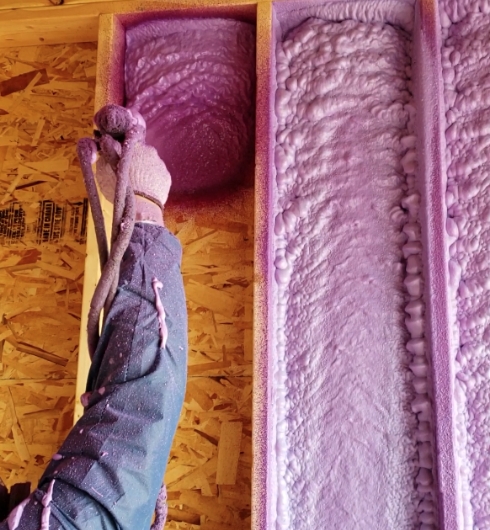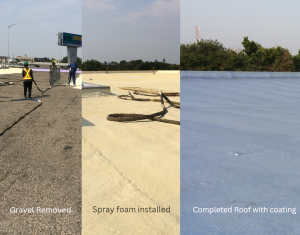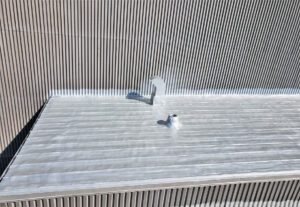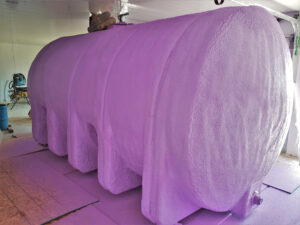FAQ: What substrates will spray foam stick to?

Spray foam insulation adheres well to a variety of substrates, which contributes to its versatility in construction and insulation applications. Here are some common substrates to which spray foam typically adheres effectively:
- Wood: Spray foam adheres excellently to wood surfaces, including framing members, sheathing, and wooden studs commonly found in walls, roofs, and floors.
- Concrete: It adheres well to concrete surfaces, making it suitable for insulating foundations, basements, and concrete walls.
- Metal: Spray foam can bond to metal surfaces such as steel studs, metal roofs, and HVAC ducts, providing insulation and sealing.
- Masonry: It adheres to various masonry materials, including bricks, blocks, and stone, allowing for insulation in both interior and exterior applications.
- Plastics: Certain types of spray foam can adhere to plastic surfaces, though compatibility should be verified with the specific type of plastic.
- Drywall: It can be applied directly to drywall surfaces, providing insulation and improving energy efficiency in interior walls.
- Roofing Materials: Spray foam adheres to roofing materials like asphalt shingles, felt, and plywood, offering both insulation and weatherproofing benefits in roofing applications.
- Insulation Boards: It can bond to rigid insulation boards made from materials like polystyrene or polyisocyanurate, enhancing their insulation properties.
When applying spray foam, ensuring that the substrate is clean, dry, and free of dust or contaminants helps promote strong adhesion. Proper surface preparation and following manufacturer recommendations for application are crucial for achieving optimal adhesion and performance of spray foam insulation.
The photos below are an example of different types of spray foam insulation applications that Urecoat offers.
Exterior applications of spray foam get coated with a polymer reflective coating for protection.
Check our our work: Spray Foam Insulation & Roofing Portfolio – Urecoat Inc.



